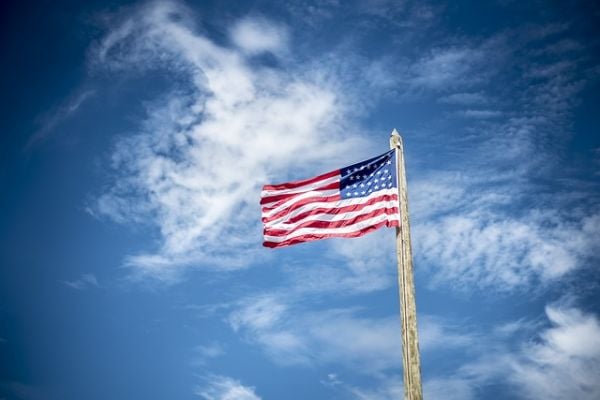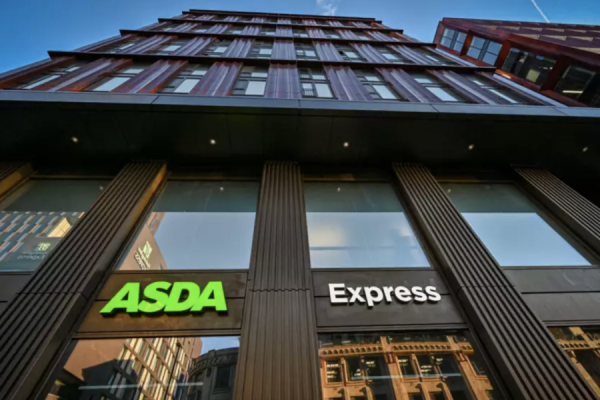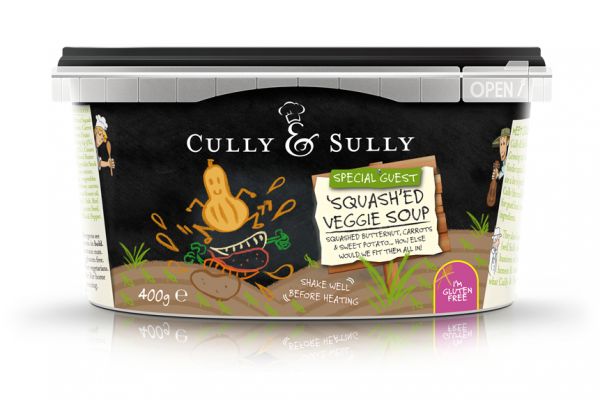Consumer confidence and retail sales have not moved in tandem of late. Since the US economic expansion started in mid-2009, a gauge of confidence has risen sharply from a low of 25.3 in December 2008 to 120 in April, and has accelerated recently. After an initial recovery, however, retail sales growth has trended down.
Consumer confidence is ineffective for predicting retail sales. The correlation between the two is weak, and the best fit is between year-over-year retail sales growth in the current month and consumer confidence three months later.
Why the huge differences between robust consumer confidence and weak retail sales growth? A number of forces are at work.
Republicans Vs. Democrats
The chief economist of the University of Michigan Survey of Consumers, Richard Curtin, notes that the near-record level of the Index of Consumer Sentiment in February was the highest since 2004 but represents an unprecedented partisan divide. In the aftermath of Donald Trump’s victory and the Republican sweep of Congress, members of his party expect robust economic growth but Democrats look for recession.
The two groups essentially offset each other, so the recent rise in that index is due to independents, who were closer to optimistic Republicans in their outlook. In February, the Index of Consumer Expectations registered 55.5 among Democrats, 120.1 among Republicans and 89.2 with independents. The Bloomberg Consumer Comfort Index shows the same opposite directions for Republicans and Democrats.
Weak Income Growth
Inflation-adjusted incomes for most Americans have been declining for more than a decade, with total real wages and incomes holding about flat because of the polarisation of incomes that benefits top-end households. Average private sector weekly earnings, inflation-adjusted, rose just 0.3% in April from a year earlier.
Postwar babies are forced to save. In their earlier years, when most young households spent more on goods such as cars and appliances, they really went overboard. In the 1980s and 1990s, when the postwar babies born between 1946 and 1964 were in their mid-20s to mid-50s, the saving rate of those age groups was plummeting. So many now must save vigorously and are pushing up the household saving rate.
Their only other option is to work until they die, and many are employed well past normal retirement ages. The labor participation rate for people over 65 - those with jobs or actively looking for work - reversed its long slide in the early 1990s and has risen sharply ever since.Older people are cautious spenders and the postwar babies are a huge percentage of the population, 22.9%.
A recent study found that Americans in their 60s and 70s start to spend less even when they can afford to enjoy their life’s savings. People spend 2.5% less per year between 60 and 70, and cut back even more in later years. Many become risk-averse as they age since they are progressively less able to work to cover unexpected expenses.
American Financial Stress
The rises in incomes and net worth have predominantly gone to high-income and net worth households. They are the ones who own most of the stocks that have more than tripled since the March 2009 low. Also, upscale folks have been the primary beneficiaries of the recovery in house prices. Those people, however, don’t change their spending appreciably as their assets and net worth rise. And with the ongoing polarisation of incomes, the net worth-induced wealth effect is declining.
Deflationary expectations are delaying spending. When potential buyers expect lower prices later, they withhold purchases in anticipation. Then inventories and excess capacity mount, forcing prices down. This confirms expectations so purchasers delay action even further. In the US, consumers’ expectations of inflation have fallen recently.
Not only are the prices of cars, appliances and other consumer goods falling, but also services inflation rates are declining in a wide variety of major areas. These include education, medical and financial services, as well as brokerage fees and other financial service costs, which have been collapsing. Services inflation is important because, as incomes rise, a growing share of consumer spending is on services, which now account for two-thirds of household outlays. A family needs only so many washing machines but can spend almost unlimited amounts on recreation, travel and health care.
The auto sales boom appears to be over. Vehicle sales accounted for 21% of total retail sales in the first four months of the year, and for 30% of the rise in the total since the recession. Part of that spurt was a catch-up for the lack of vehicle purchases during the economic downturn, but auto makers and dealers resorted to heavy discounts and subprime borrowing to keep the good times rolling.
Now that game appears exhausted as incentives slash industry profits and loan delinquencies mount. In 2016, 86% of new cars and 55% of used vehicles were financed, and repayment times have been stretched, which keeps people out of new car showrooms.The jump in auto inventories to 75 days’ worth of sales in April from 68 days a year earlier also implies production cuts with declines in incomes for auto workers. And the flood of used cars coming off lease promises to further depress new car sales.
Online Retail
Online retail sales continue to leap at the expense of department stores and other brick-and-mortar sellers. In the first quarter, online sales jumped 4.1% from the fourth quarter and rose 0.3 percentage points to 8.5% of total retail sales. In April, online sales rose 1.4% and were up 11.9% from a year earlier, while department store sales fell 3.7%.
This shift is devastating to brick-and-mortar retailers, their owners and employees, but it also tends to retard overall retail sales by discouraging impulse buying. About 30% to 50% of all purchases in physical stores are impulse buys. Online shoppers are less prone to impulse buying than in-store customers.
Major consumer brands are losing ground as frugal consumers search for discounts and house brands. Producers such as Procter & Gamble, PepsiCo, Hershey, Kimberly Clark and Nestle are suffering because sales of consumer packaged goods fell 2.5% in unit terms in the first quarter. Price pressures are intense.
The wide gap between consumer confidence and retail sales will be closed sooner or later. In my judgment, it will be by confidence coming down to join consumer spending.
This column does not necessarily reflect the opinion of the editorial board or Bloomberg LP and its owners.
News by Bloomberg, edited by ESM. Click subscribe to sign up to ESM: The European Supermarket Magazine.














